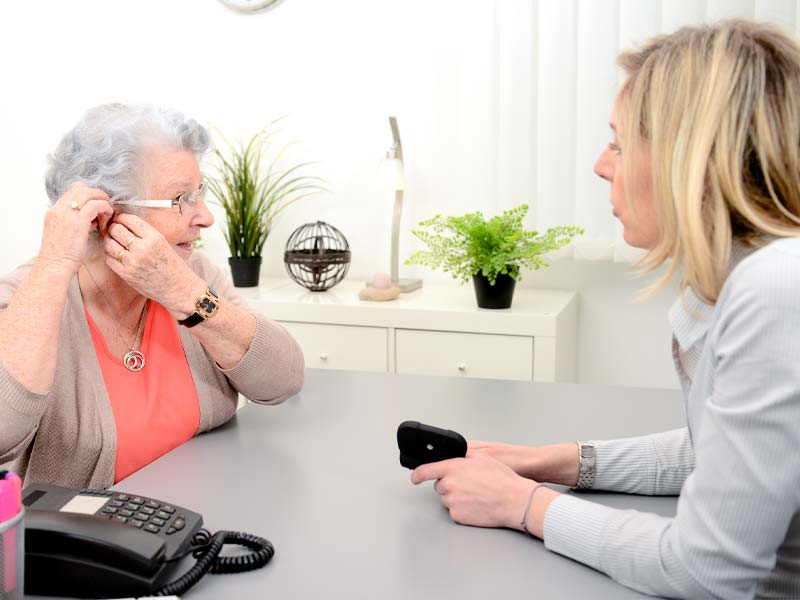
When it comes to the safe and effective removal of earwax, there are three methods that an Audiologist can use: irrigation, mechanical removal and microscopic suction (microsuction).
Many of you may be familiar with irrigation (flushing of the ear with warm water). Mechanical removal requires excellent visualization of the ear canal while using an appropriately selected tool to remove the wax. These tools include various types of loops, scoops and forceps. Microscopic suction involves suctioning “vacuuming” the ear canal while visualized under a microscope.
Microsuction does not involve the use of water and therefore is less messy than irrigation. It can also be significantly quicker and more comfortable than other methods. Because the ear canal is visualised during the entire process and there is little if any contact with the ear canal, it is considered a much safer method of earwax removal. There are a couple of disadvantages of microsuction such as loudness and ability to retrieve wax sitting on or near the eardrum.
At Resonance Hearing Clinic we have all three methods available to use. We also have the experience and skill to know which particular method (or combination of methods) to use in a particular case. Ensuring the ear canal is free of wax is a necessary precursor to any accurate hearing evaluation. Earwax management is also very important when inserting anything into the ear (such as hearing aids or hearing protection). We include earwax removal for all of our Audiological evaluations and it is included as part of our follow-up services when dispensing hearing aids.

